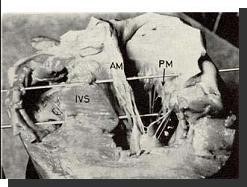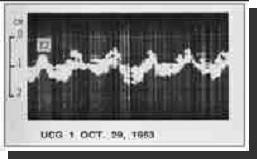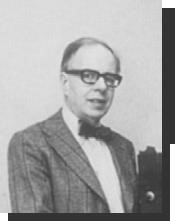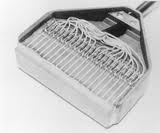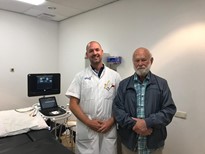Development of ultrasound
Martin Mersenne (1588-1649) was the first to calculate the speed of sound, while the physicist Robert Boyle (1627-1691) first noted that a medium is necessary for sound to travel. A few decades later, Abbe Lazarro Spallanzi (1727-1799) demonstrated that bats use ultrasound for navigation through reflective echoes. In 1842, Christian Johann Doppler (1803-1853) stated that the pitch of sound varies as the source of the sound moves. In 1880, the brothers Pierre and Jacques Curie developed the piezoelectric crystal, enabling the first practical use of ultrasound. When a piezoelectric crystal is compressed, it produces an electrical charge. The British engineer Richardson demonstrated in 1912 that ultrasound can be used to detect submerged objects (sonar). During the first world war Paul Langevin was commissioned to develop a radar to detect enemy ships, and later, in 1929, Sokolov used the sonar to detect flaws in metal. The American engineer Floyd Firestone introduced ultrasound into the medical community, which was further developed by the Austrian neurologist Dussik in 1941, who succeeded in identifying the ventricles of the brain.
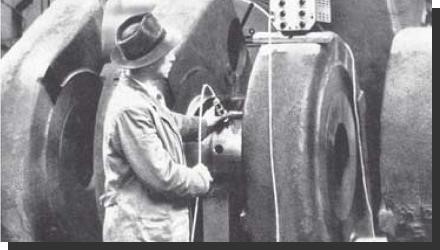
Malmo Kockums Shipbuilding 1953

